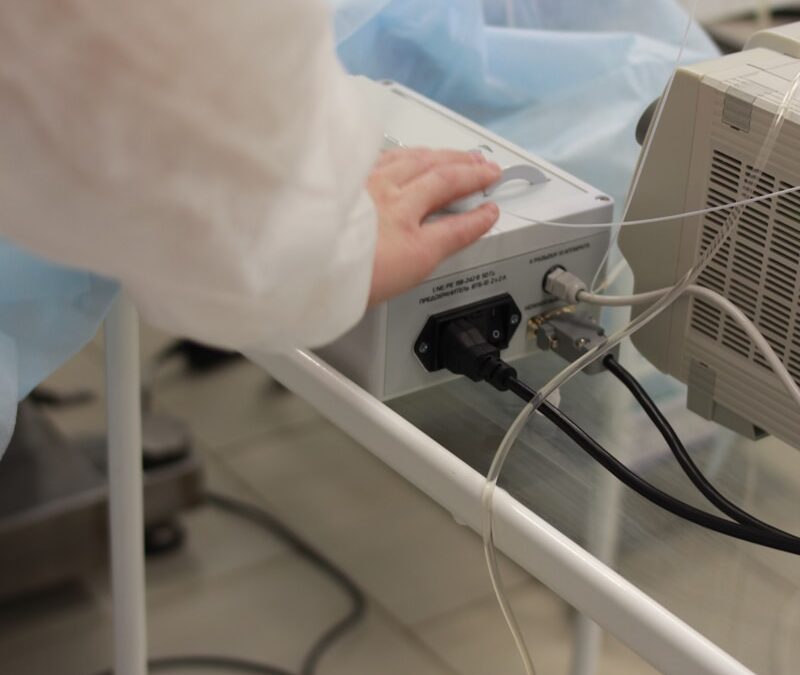The Role of AI and Machine Learning in IoT Diagnostics
Transforming IoT Diagnostics through AI
The integration of AI and machine learning for IoT diagnostics is revolutionizing how businesses manage and troubleshoot their IoT systems, especially in technologically advanced regions like Saudi Arabia and the UAE. AI algorithms can analyze vast amounts of data generated by IoT devices, identifying patterns and anomalies that may indicate potential issues. This capability is crucial for maintaining the reliability and efficiency of IoT deployments, which are increasingly prevalent in smart cities and industrial applications in Riyadh and Dubai. By leveraging AI, businesses can detect problems before they escalate, ensuring continuous operation and minimizing downtime. For instance, in smart grid systems, AI can predict equipment failures and optimize maintenance schedules, enhancing overall grid reliability.
Machine Learning for Predictive Diagnostics
Machine learning further enhances IoT diagnostics by enabling systems to learn from historical data and improve their predictive capabilities. Unlike traditional diagnostic methods, machine learning models can continuously adapt to new data, becoming more accurate over time. This is particularly beneficial for complex IoT environments where devices generate large volumes of data. In the UAE’s industrial sector, machine learning can analyze sensor data from manufacturing equipment to predict malfunctions, allowing for proactive maintenance and reducing the risk of unexpected breakdowns. By integrating machine learning, businesses can move from reactive to predictive diagnostics, optimizing their IoT operations and reducing maintenance costs.
AI-Driven Troubleshooting for IoT Systems
AI-driven troubleshooting tools provide a sophisticated approach to resolving IoT issues. These tools can diagnose problems in real-time, suggest corrective actions, and even automate certain troubleshooting tasks. In smart city initiatives in Riyadh, for example, AI can monitor traffic management systems and instantly address issues such as traffic light malfunctions or congestion. This real-time troubleshooting capability not only improves system performance but also enhances the overall user experience by ensuring smooth and efficient operation. By leveraging AI for troubleshooting, businesses can quickly identify and resolve issues, minimizing disruption and maintaining high levels of service.
Strategic Implementation and Leadership in IoT Management
Strategic Planning for AI Integration
Successfully integrating AI and machine learning for IoT diagnostics requires strategic planning and a clear understanding of the specific needs of the organization. Businesses must identify the critical areas where AI and machine learning can provide the most value, such as predictive maintenance, real-time monitoring, and automated troubleshooting. In regions like Saudi Arabia and the UAE, where technological innovation is a key driver of economic growth, strategic planning is essential for maximizing the benefits of AI integration. For instance, in smart building projects, strategic planning involves integrating AI-powered systems that can manage energy consumption, enhance security, and improve occupant comfort.
The Role of Executive Coaching in AI and IoT Integration
Effective leadership is crucial for the successful implementation of AI and machine learning in IoT diagnostics. Executive coaching services can provide valuable support in developing the skills and knowledge necessary for managing complex technology projects. Leaders must be equipped to make informed decisions about technology investments, manage cross-functional teams, and ensure that AI initiatives align with broader business objectives. In the UAE and Saudi Arabia, executive coaching helps leaders navigate the challenges of AI and IoT integration, fostering a culture of innovation and continuous improvement. By focusing on leadership development, executive coaching services empower businesses to leverage AI and machine learning for enhanced IoT management and business success.
Ensuring Long-Term Sustainability and Innovation
Achieving long-term success with AI and machine learning in IoT diagnostics requires a commitment to continuous innovation and adaptability. Businesses must stay informed about the latest advancements in technology and be prepared to integrate new solutions as they become available. In dynamic markets like Riyadh and Dubai, fostering a culture of innovation is essential for maintaining scalability and efficiency in IoT systems. Companies should invest in ongoing research and development, exploring new applications of AI and machine learning and leveraging emerging technologies such as blockchain for secure data management. By prioritizing continuous improvement, businesses can ensure that their IoT systems remain efficient, reliable, and capable of meeting future demands.
Conclusion
The integration of AI and machine learning for IoT diagnostics offers significant benefits in terms of enhancing system efficiency, enabling predictive maintenance, and improving troubleshooting capabilities. By addressing challenges such as data complexity and system integration, and leveraging AI and machine learning technologies, businesses in Saudi Arabia, the UAE, and beyond can create more intelligent and adaptive IoT systems. Strategic planning, effective leadership, and a commitment to continuous innovation are key factors in achieving successful IoT implementations. Through executive coaching and a focus on long-term sustainability, businesses can ensure that their IoT systems remain at the forefront of technological advancements, driving business success and maintaining a competitive edge in the digital age.
—
#AI #MachineLearning #IoTDiagnostics #IoTTroubleshooting #ModernTechnology #SaudiArabia #UAE #BusinessSuccess #ExecutiveCoaching #ProjectManagement













